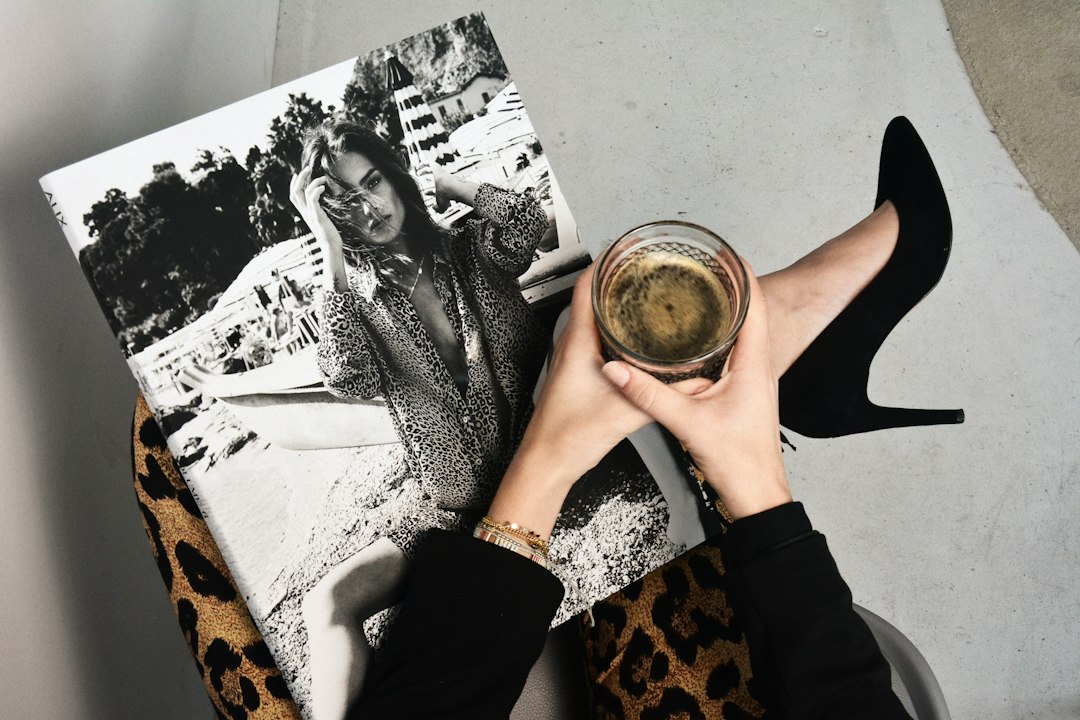The Impact of Social Media on Fashion Trends
Fashion has always been an ever-changing industry, driven by trends and influenced by societal factors. However, in recent years, the rise of social media has significantly transformed the way fashion trends emerge and spread. With platforms like Instagram, TikTok, and Snapchat, fashion has become more accessible and democratic than ever before. In this blog post, we will delve into the impact of social media on fashion trends and how it has shaped the industry as a whole.
One of the most significant impacts of social media on fashion trends is the speed at which trends now emerge and spread. In the past, it would take weeks or even months for a fashion trend to gain traction, as it relied on traditional media outlets like magazines and television. However, with the advent of social media, anyone can become a trendsetter overnight. Influencers and fashion bloggers now have the power to set trends with a single Instagram post, reaching millions of followers around the world instantly.
Social media platforms also allow for greater diversity and inclusivity in fashion trends. In the past, the fashion industry was often criticized for its lack of representation, showcasing predominantly thin, white models. However, social media has given a platform to voices that were previously marginalized, allowing for a more inclusive range of body types, ethnicities, and personal styles to be celebrated. This democratization of fashion has led to a more diverse range of trends, as people from all walks of life can now share and influence what is considered fashionable.
Additionally, social media has transformed the way we consume fashion. In the past, fashion shows and magazines served as the primary sources of inspiration for trends. However, with the rise of social media, fashion inspiration is just a scroll away. Platforms like Instagram provide an endless feed of fashion inspiration, allowing users to discover new styles and incorporate them into their own wardrobes. This constant stream of content has fueled a faster turnover of trends, as people are constantly looking for new inspiration and ways to express themselves through fashion.
Furthermore, social media has given rise to the concept of “fast fashion.” With the ability to see what others are wearing in real-time and the desire to keep up with the latest trends, many consumers now prioritize quantity over quality. Social media has created a culture of instant gratification, where new trends are constantly emerging, and consumers feel the need to constantly update their wardrobe to stay relevant. This has had both positive and negative consequences for the fashion industry, as it has increased consumption and stimulated economic growth but also led to concerns over sustainability and ethical practices.
On the flip side, social media has also given rise to a counter-movement: sustainable fashion. While fast fashion dominates the social media sphere, there is a growing community of influencers and consumers committed to promoting ethical and sustainable fashion choices. Brands that prioritize sustainability and transparency are finding success on social media platforms, as consumers are increasingly conscious of the environmental and social impact of their fashion choices.
In conclusion, social media has had a profound impact on fashion trends, revolutionizing the industry’s dynamics. From the speed at which trends emerge and spread to the increased diversity and inclusivity in fashion, social media has reshaped the way we consume and engage with fashion. While there are drawbacks associated with the fast-paced nature of social media trends, it also provides an unparalleled platform for creativity, expression, and the democratization of fashion. As social media continues to evolve and shape our world, it is safe to say that fashion trends will never be the same again.
